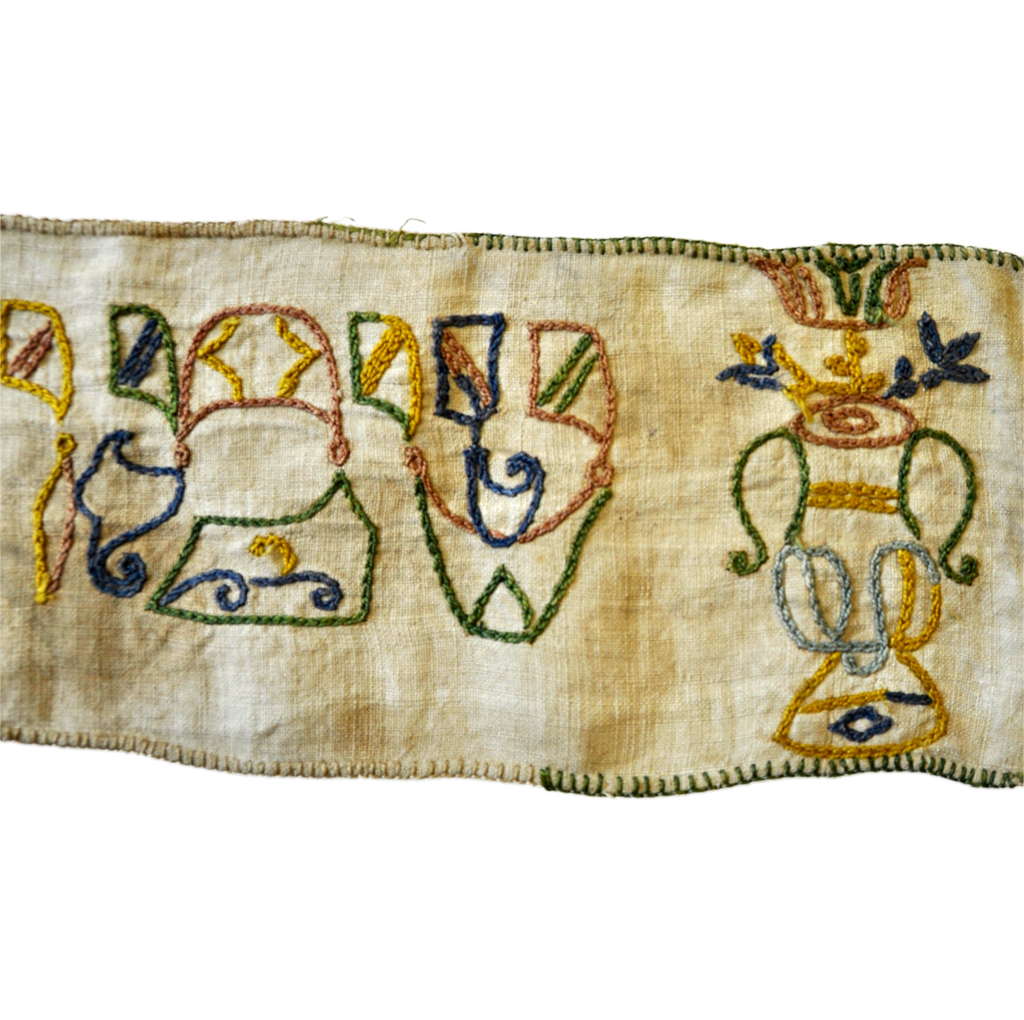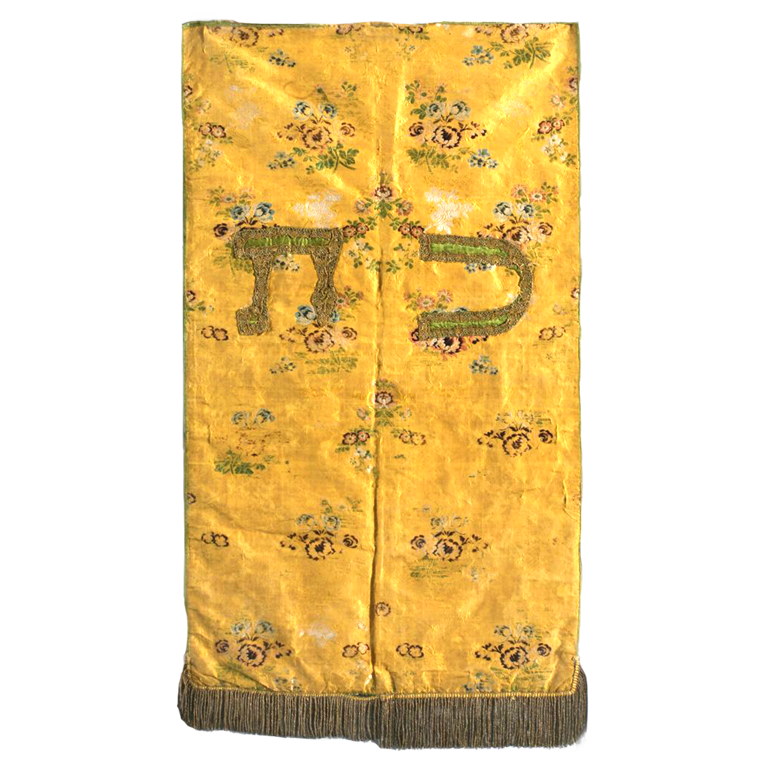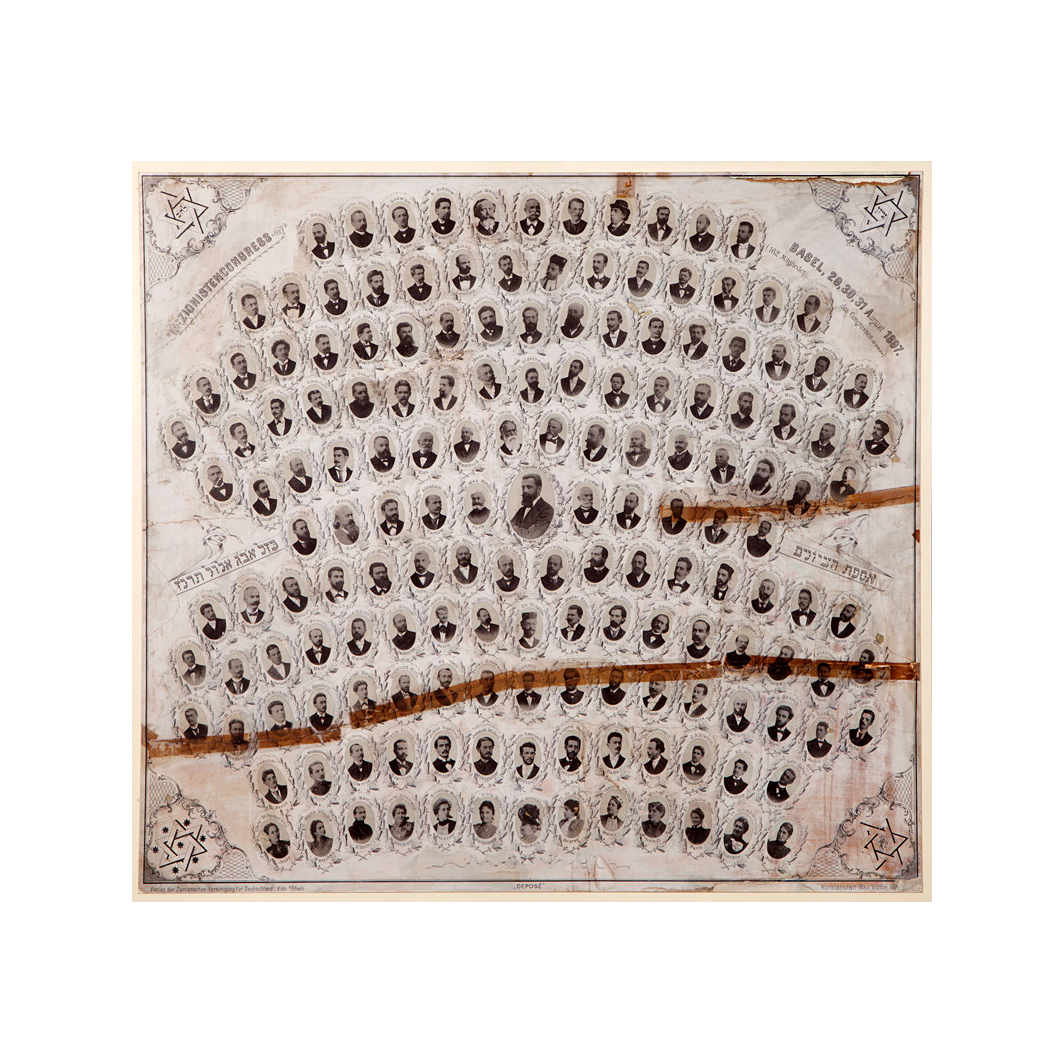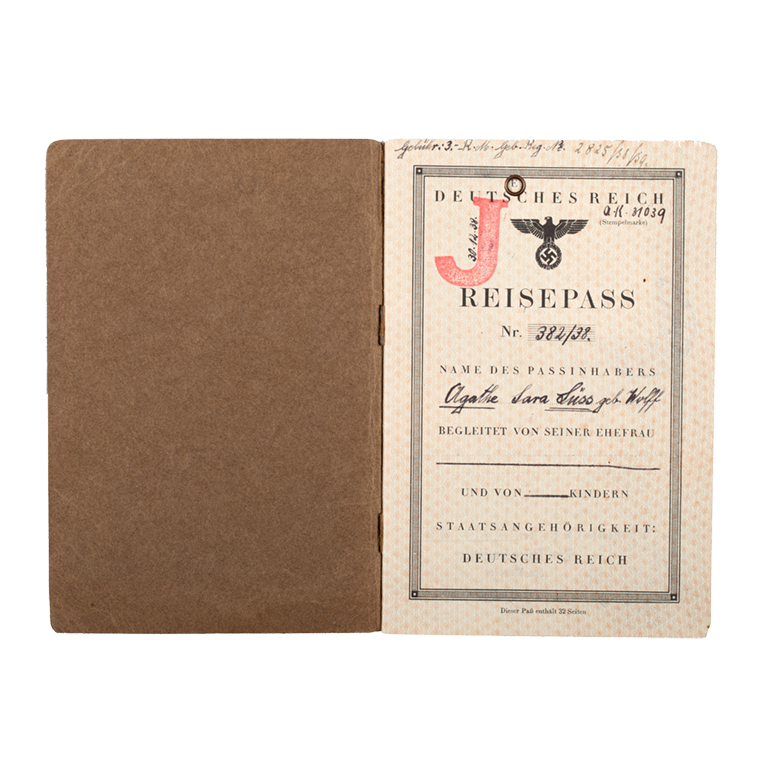The museum is gradually making its collection accessible for research and outreach on its website and in parts on the online encyclopaedia Wikipedia. An example of this is the collection of «Lengnau Mappot» comprising of 218 Torah pennants spanning almost three centuries, making it one of the largest coherent collections of any known community.
The first items to be displayed in the Jewish Museum of Switzerland came from the Judaica collection of the Swiss Museum of Folklore (now the Museum of Cultures, Basel). In subsequent years, the collection was expanded to include objects from Basel and the Upper Rhine region, from the two Surbtal Jewish villages of Endingen and Lengnau, and from the rest of Switzerland and Europe.
The monumental medieval gravestones and the Basel Hebrew prints are historically unique. Documents on the Basel Zionist congresses and original letters from Theodor Herzl, the author of «The Jewish State», show Basel as a city that made world politics.
